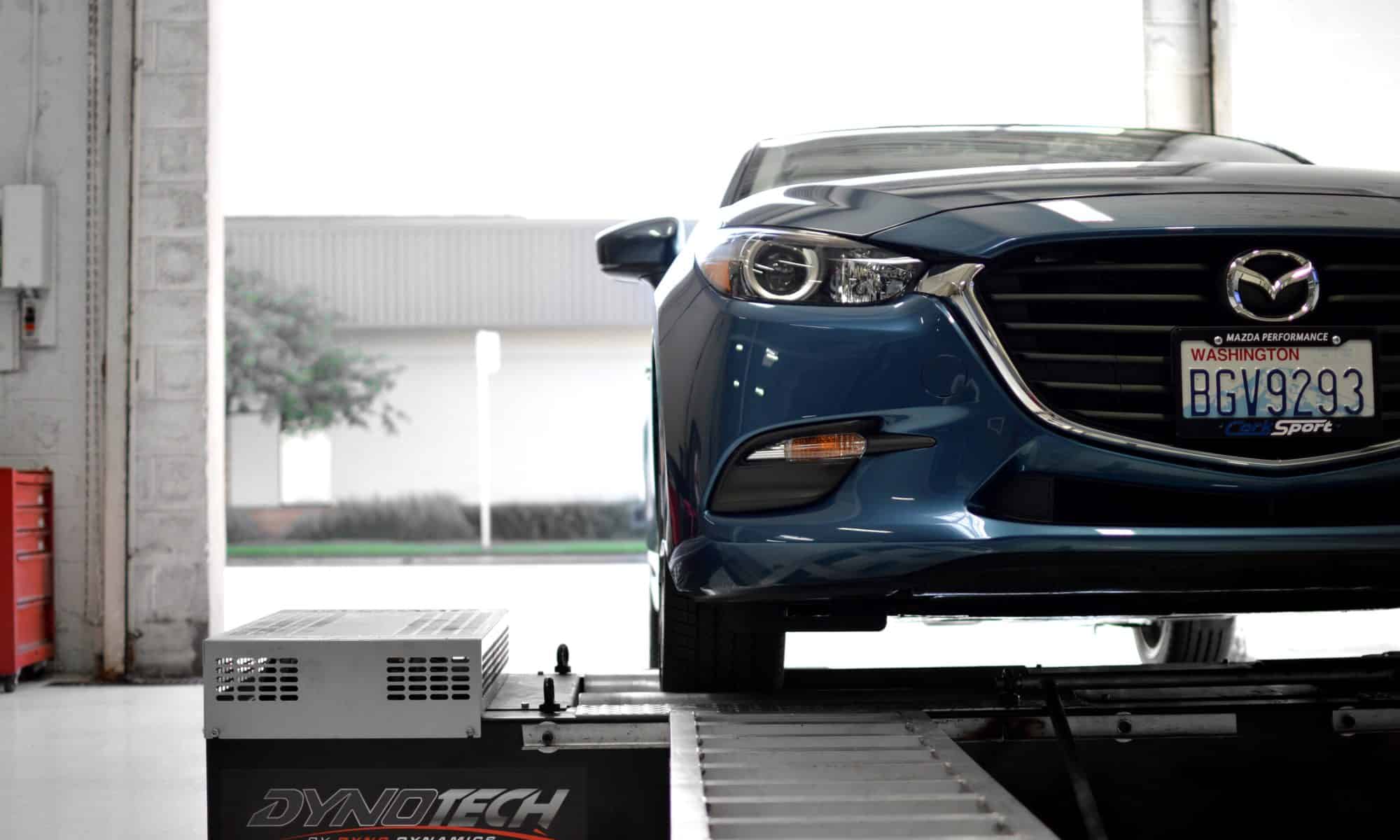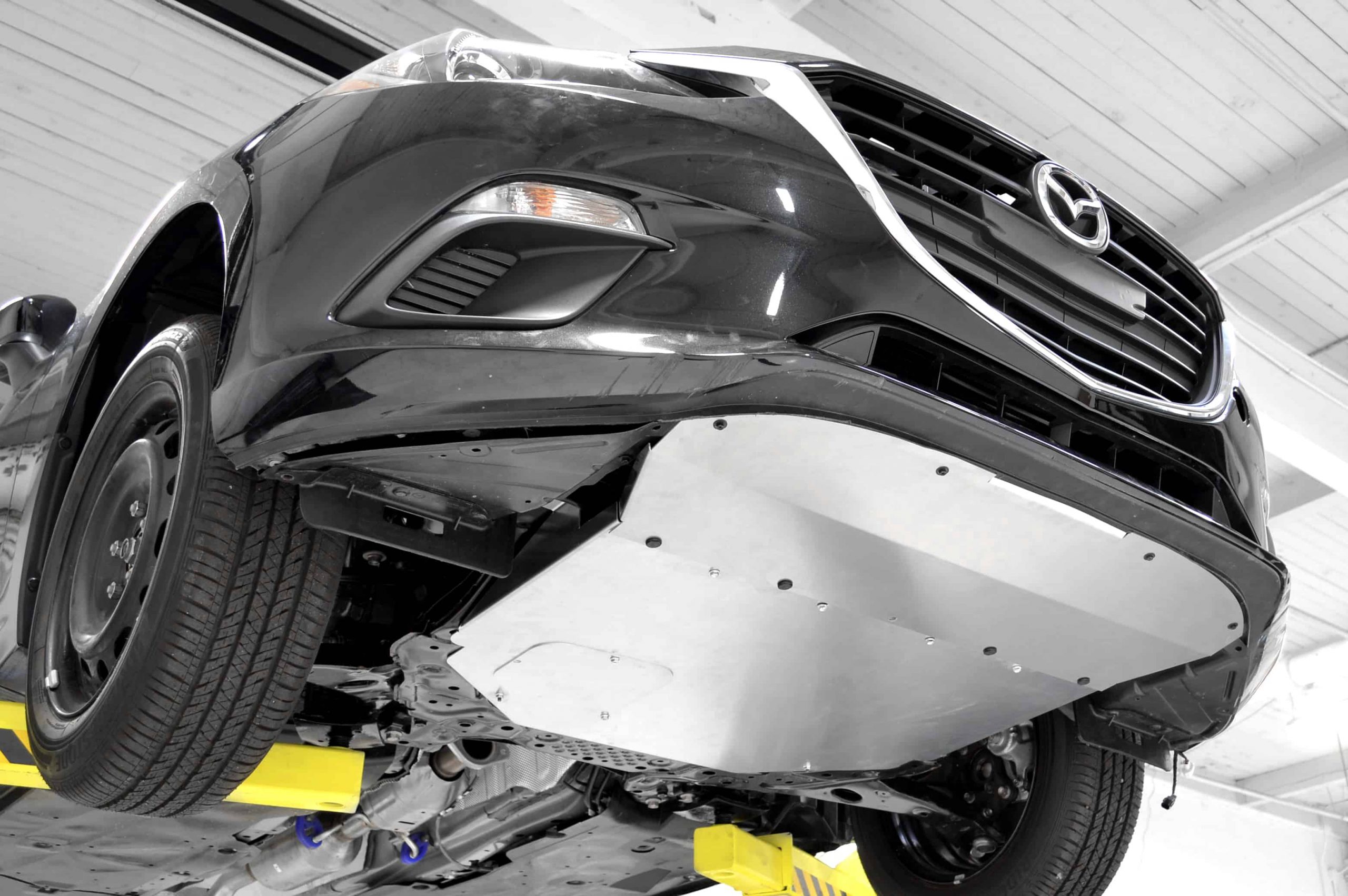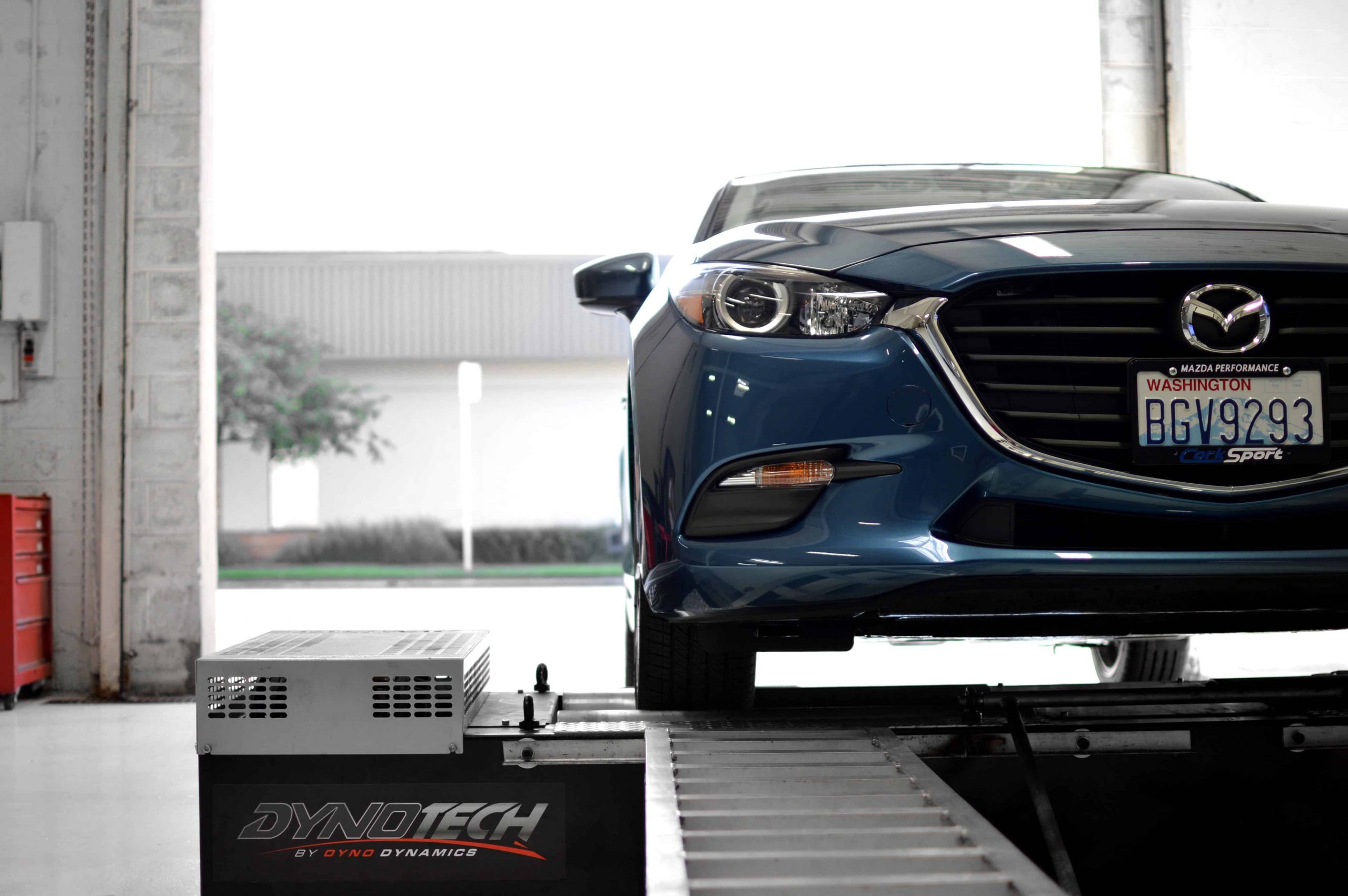If you didn’t know already, CorkSport recently bought a brand new 2018 Mazda 3 Hatchback Touring Model… with an automatic transmission.
Yes, I know, a performance aftermarket parts company has an automatic; I’m right there with you, but there’s a good reason for it. CorkSport has a couple Mazda3 6-Speed Manuals and a couple manual and automatic Mazda 6’s, but no automatic Mazda 3; so it made sense to add that to the garage, especially with the many new performance parts we have in the pipe line. Check those out here.
Now back to the CorkSport’s new 2018 Mazda 3.
The 6-speed automatic comes equipped with three transmission control modes; Standard (default), Sport, and Manual (aka manumatic).
We became curious about how those three modes affected the driving experience, specifically the shift points. I believe we all understand how the Manual control mode works, as it provides nearly 100% control of the shift points, so for the comparison I am going to focus on the differences between the Standard and Sport modes since those are controlled by the ECU.
Driving the car on the street, you can easily feel the difference between the Standard and Sport modes of the Mazda3.
The Standard mode feels soft, relaxed, and maybe even lazy between shifts. It seems to default to the highest gear (lowest engine RPM) possible in every driving situation. This is great for fuel economy, but disappointing for smiles-per-gallon. Push the Sport toggle, and the car comes alive. The engine pulls through the RPM range longer for each gear and seems more eager to accelerate with the slightest throttle input. MUCH better.
The Butt Dyno is great and all, but it’s subjective, so we decided to strap the car down on the dyno to see what is happening; what exactly is changing between the Standard and Sport modes with the CorkSport 2018 Mazda3.
On the dyno, things become much clearer, but first, we had to set up the dyno to provide us with useful information. Typically we are testing wheel Torque and Horsepower, not shift points. It was interesting to play with the various parameters the dyno has available to find a readout that would convey the shift points and the effort the car was exerting. Check out the graph below; this is not your typical dyno plot.
With this dyno plot we quickly see that is much different than the typical readout. I’m going to break it down, so it’s clear and easy for you to understand what is going on.

The horizontal axis is our independent variable in the test. This is the variable/parameter we can control directly in the test. Since we are trying to understand the difference in shift points between the Standard and Sport modes, Road Speed was the logical choice. To be consistent, the throttle input percent for both Standard and Sport modes was held constant throughout the test runs.
The two vertical axis’s are the dependent variables in the test; these are the parameters that depend on engine RPM. On the right side of the dyno plot, we have engine RPM; this is represented by the lines with dots. On the left side of the dyno plot, we have tractive effort, which is essentially the amount of force the tires are applying to the road surface.
Looking at the two graphs, it’s clear that the Sport mode shift points and tractive effort are much different than Standard mode. This is interesting because we can now visualize what we were feeling while driving the Mazda 3 Hatchback on the street.
In Sport mode, the car carries through the engine RPM longer, and the resulting RPM after each shift is also higher. Because each gear is carried to a higher RPM the resulting power is much greater, which is shown with the tractive effort plots.
Finishing statement: Sport mode significantly changes the way the car drives and responds. If you are looking for some fun out in the curves, don’t be shy, hit that Sport toggle and let the Mazda do what it was designed to do best.
Happy driving!
-Barett @ CS




